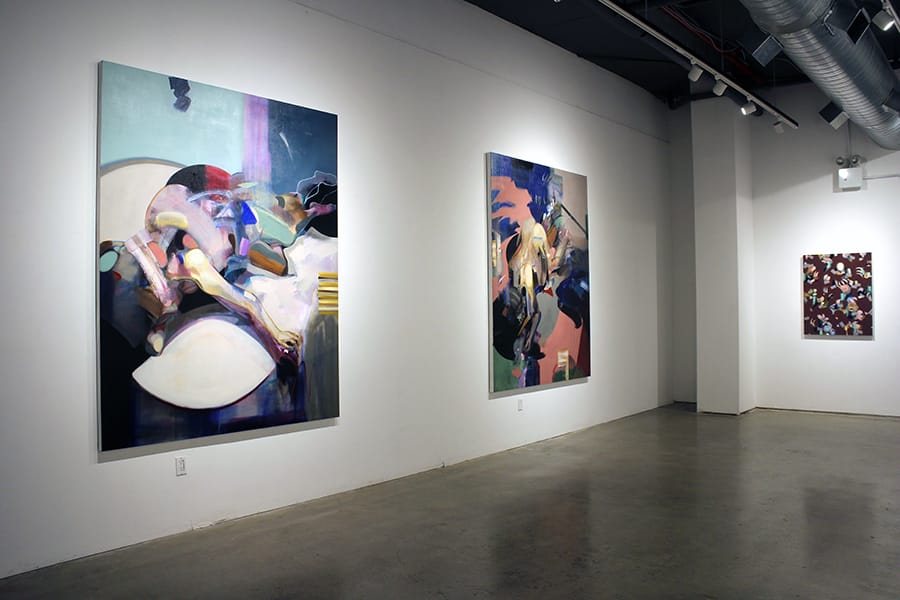Through COVID cocoon, acclaimed Japanese artist Ogino brings a new perspective to NYC
“My painting is so to say an accumulation of questions about different elements, forming many layers.” – Yuna Ogino
Artist Yuna Ogino is one of the most acclaimed artists of the new generation of Japanese artists. By developing a distinctively striking style, her works have been presented in numerous solo and group exhibitions. Yuna Ogino (born 1982, Tokyo, Japan) lives and works in Tokyo. Besides traditional medium, the multi-talented artist has also expanded her boundaries beyond painting by expressing artistic value into textiles, books, and performances. Yuna’s innovative style has been awarded and praised in public collections and spaces. With inspirations from ikebana flower arrangements and Japanese gardens, she weaves lights and colors onto the blank canvas, bringing to life her thoughts and memories. If you have followed her work, you know her painting technique is full of joyful color and intriguing lines that represent both the strength and vulnerability of plants and insects. She turns metaphorical representation to maternal richness with a refined design that continues a gorgeous tradition of Japanese decorative society.

But the COVID-19 imprisoning experience was turning Ogino to a new dimension and forcing her to see human struggle in the whole. The outbreak forced her stay at home life to become a central focus, with little emotional connection to allow her to see humanity and suffering without gender, age, and race. This newfound understanding of we (the whole world) are all suffering under the pandemic changed her palette and inspired her to produce figurative oil paintings in a 7-foot-high canvas. They are debuted at Mizuma & Kips Gallery (324 Grand Street, New York, NY, November 10th – December 7th, … Click here to read more











